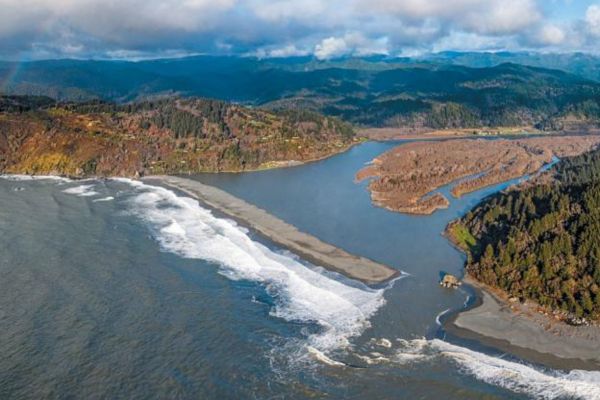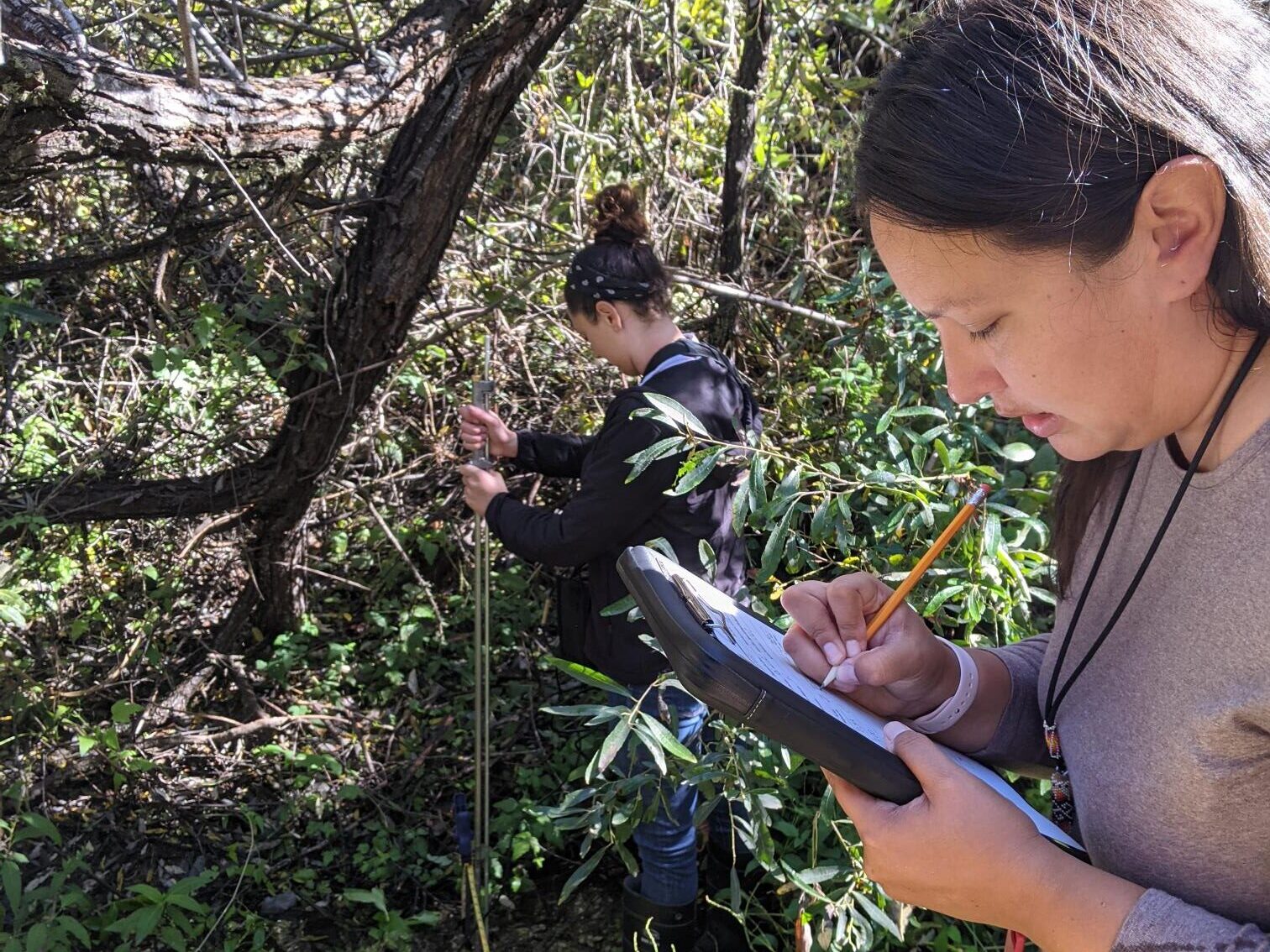
Native American Tribal Marine Conservation: Indigenous Stewardship of Coastal Waters
The relentless pulse of the ocean, a force of life and livelihood, has for millennia been understood and protected by Indigenous peoples whose cultures are inextricably linked to its rhythms. Across the coastal United States, Native American tribes are not merely stakeholders in marine conservation; they are its original stewards, wielding a profound traditional ecological knowledge (TEK) that offers critical solutions to the escalating climate crisis and the degradation of our most vital marine ecosystems. Their efforts represent a powerful resurgence of Indigenous sovereignty and a blueprint for a sustainable future for all.
For thousands of years before European contact, Native American tribes developed sophisticated systems of marine resource management. From the clam gardens of the Pacific Northwest, meticulously cultivated and managed over generations, to the intricate fishing weirs of the Atlantic coast, Indigenous communities practiced a form of conservation rooted in reciprocity, respect, and a deep understanding of ecological interconnectedness. They harvested what was needed, observed cycles, and understood that the health of the community was directly tied to the health of the waters. This holistic worldview, where humans are part of nature, not separate from it, stands in stark contrast to the exploitative paradigms that often dominate modern resource extraction.
The arrival of European settlers and subsequent U.S. policies inflicted catastrophic damage on these traditional systems. Land dispossession, forced assimilation, and the suppression of cultural practices severed many tribes from their ancestral waters and disrupted sustainable resource use. Treaties, often violated, confined tribes to reservations and stripped them of access to vital hunting and fishing grounds. This historical trauma led to widespread environmental degradation as the intricate balance maintained by Indigenous stewardship was replaced by unchecked industrialization and resource exploitation.
However, the resilience of Native American nations has proven indomitable. Through decades of legal battles, political advocacy, and cultural revitalization, tribes are reclaiming their inherent sovereign rights and reasserting their role as environmental protectors. This modern era of tribal marine conservation is built upon the enduring principles of their ancestors, adapted to contemporary challenges.
At the heart of Indigenous stewardship is Traditional Ecological Knowledge (TEK). TEK is not just data; it is a cumulative body of knowledge, practice, and belief, evolving by adaptive processes and handed down through generations by cultural transmission, about the relationship of living beings (including humans) with one another and with their environment. It encompasses detailed understanding of tides, currents, species migration patterns, nutrient cycles, and the subtle indicators of environmental health. For instance, tribal elders can often predict salmon runs with greater accuracy than some scientific models, drawing on observations of weather, water levels, and even specific plant blooms. This deep, localized knowledge is invaluable in an era of rapid environmental change, offering insights that Western scientific methods alone may miss.

"Our ancestors didn’t just fish; they farmed the ocean," explains Fawn Sharp, President of the National Congress of American Indians and former President of the Quinault Indian Nation. "They understood that you have to give back more than you take. That’s not just a philosophy; it’s a survival strategy encoded in our very being." This generational perspective, often referred to as "seven generations thinking," emphasizes making decisions today that will benefit the next seven generations, a stark contrast to short-term economic gains.
This principle is vividly demonstrated by tribes like the Makah Tribe of Washington State, whose ancestral territory extends far into the Pacific Ocean. The Makah have maintained a profound spiritual and cultural connection to the gray whale, a relationship that predates recorded history. After a 70-year hiatus due to near-extinction of the species, the Makah successfully resumed ceremonial whaling in 1999, asserting their treaty rights and demonstrating their commitment to sustainable harvest. Their whaling practices are not commercial; they are deeply spiritual and tightly regulated, monitored by tribal scientists who collect vital data on whale health and population dynamics, contributing to international marine mammal research. The Makah’s advocacy for the gray whale extends to international forums, where their voice as Indigenous stewards carries significant weight.
Further south on the Olympic Peninsula, the Quinault Indian Nation is a leading force in salmon habitat restoration. Their traditional lands and waters encompass the Quinault River and its estuary, critical spawning grounds for all five species of Pacific salmon. The Quinault have invested millions in removing outdated culverts, restoring riparian zones, and managing timber harvests to protect water quality. They operate their own sophisticated fisheries management program, integrating TEK with modern science to ensure the long-term viability of salmon populations, which are not just a food source but a cultural keystone. Their work extends to shellfish aquaculture, restoring native oyster beds that filter water and provide crucial habitat, simultaneously creating economic opportunities and improving ecological health.
On the East Coast, the Wampanoag Tribe of Gay Head (Aquinnah) in Massachusetts is working tirelessly to restore shellfish populations in their ancestral waters. Faced with pollution and overharvesting, the Wampanoag have spearheaded initiatives to reseed quahogs and oysters, species that are both culturally significant and vital to coastal ecosystem health. Their efforts not only improve water quality and biodiversity but also reconnect tribal members with traditional foodways and cultural practices, strengthening community bonds.
A monumental example of tribal conservation leadership is the Yurok Tribe’s decades-long fight for the removal of four dams on the Klamath River in Northern California and Oregon. The Klamath, once the third-largest salmon-producing river on the West Coast, suffered devastating declines due to the dams, which blocked fish passage, degraded water quality, and altered natural flows. The Yurok, whose identity and sustenance are intrinsically tied to the salmon, led an unwavering campaign, combining legal action, scientific research, and powerful advocacy. Their perseverance paid off, and the largest dam removal project in U.S. history is now underway, a testament to the power of Indigenous determination and a beacon of hope for river restoration globally.
The integration of TEK with Western science is a hallmark of contemporary tribal conservation. Many tribes employ their own biologists, hydrologists, and environmental scientists who work collaboratively with tribal elders and traditional knowledge holders. This synergy creates more robust and culturally appropriate management plans. For example, satellite imagery and drone technology might be used to map traditional harvesting areas, while elders provide context on historical changes and optimal timing based on environmental cues. "When we combine our ancient wisdom with modern tools, we get a complete picture," says a tribal environmental director. "It’s not one or the other; it’s both, working in harmony."
Despite these successes, Native American tribes face significant challenges. Climate change disproportionately impacts coastal Indigenous communities, with rising sea levels threatening ancestral lands and sacred sites, ocean acidification imperiling shellfish, and warming waters altering marine species distribution. Industrial pollution, ongoing resource extraction pressures, and persistent battles over treaty rights and jurisdiction continue to demand vigilance. Funding limitations also often hinder the full scope of tribal conservation ambitions.
Yet, the work continues, driven by an unwavering commitment to protect Pacha Mama – Mother Earth. Tribal marine conservation extends beyond individual projects; it is a global movement for environmental justice and sovereignty. Native American leaders are increasingly vocal on international stages, advocating for Indigenous rights and the recognition of TEK as essential to global biodiversity conservation. Indigenous peoples, who comprise less than 5% of the world’s population, protect 80% of the world’s biodiversity on 25% of the land. This principle extends to marine environments where their stewardship is critical to the health of coastal ecosystems.
In a world grappling with unprecedented environmental crises, the wisdom and practices of Native American tribal marine conservation offer a profound path forward. Their stewardship is not just about managing resources; it is about fostering a reciprocal relationship with the natural world, understanding that the health of the ocean is the health of humanity. By supporting and empowering Indigenous conservation efforts, we are not just helping tribes; we are investing in a healthier, more sustainable future for all life on Earth. Recognizing and upholding Indigenous sovereignty, respecting TEK, and collaborating meaningfully with tribal nations are not merely acts of justice; they are essential strategies for safeguarding our coastal waters and the planet for generations to come.
